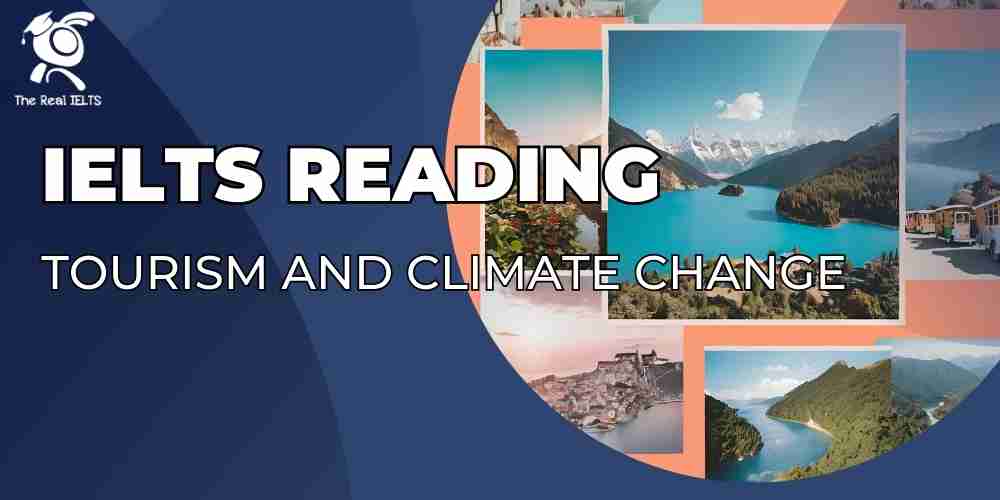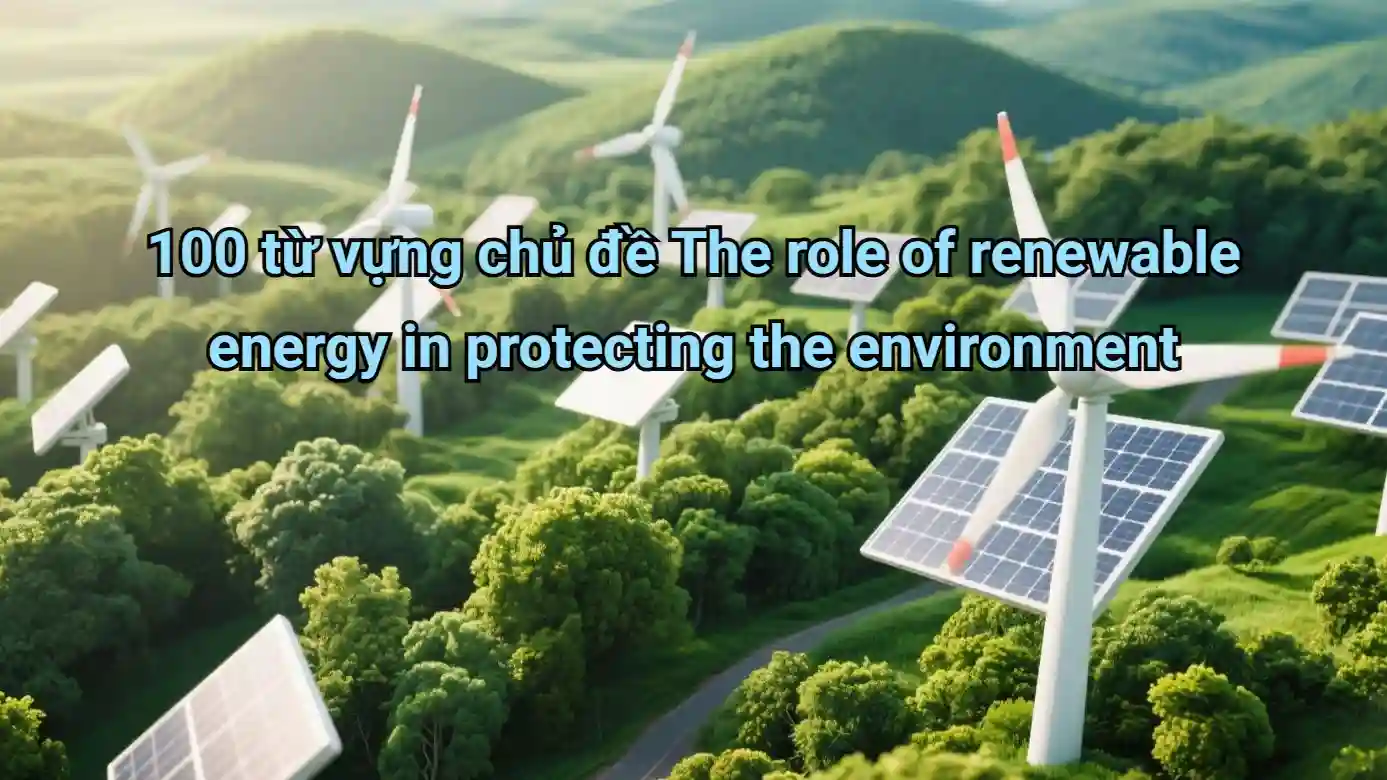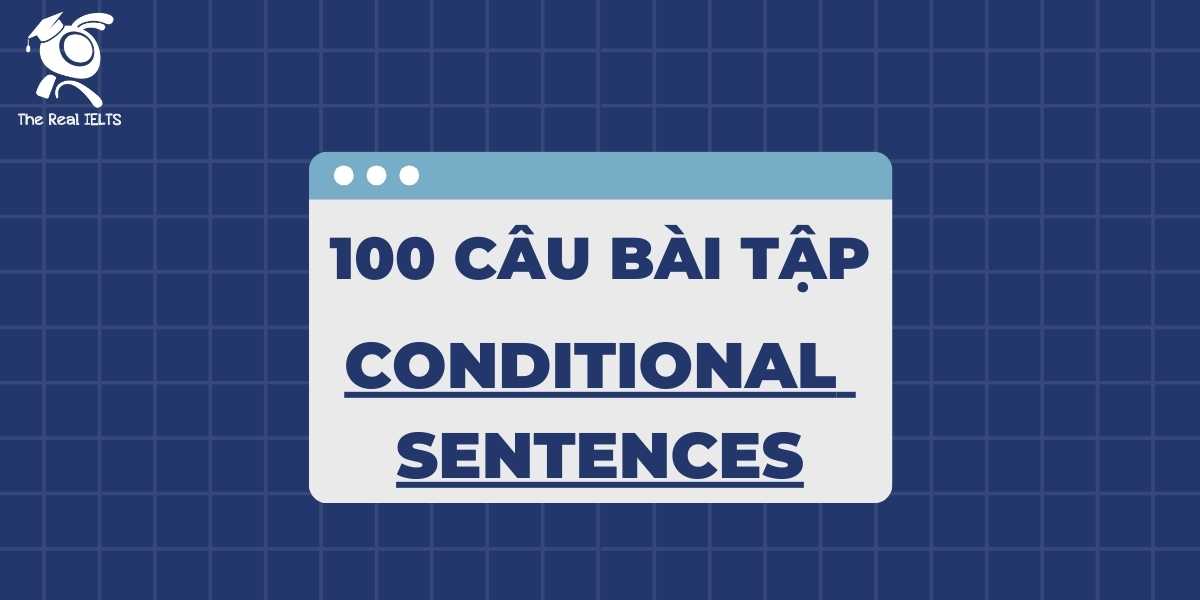IELTS Reading 76: Tourism and Climate Change là chủ đề thuộc chuỗi bài luyện tập 11 dạng bài IELTS Reading và các bài tập luyện tập.
Học lại bài cũ: IELTS Reading 75: New tourism trends.
IELTS Reading: Tourism and Climate Change
Tourism is one of the world’s largest industries, significantly contributing to global economies and providing millions of jobs. However, this growth comes at a considerable environmental cost, particularly regarding climate change. The tourism sector is responsible for approximately 8% of global greenhouse gas emissions, a figure that includes emissions from transportation, accommodation, and various tourist activities. The increasing demand for travel, driven by factors such as globalization, rising disposable incomes, and technological advancements, is intensifying these emissions, thereby exacerbating climate change.
The effects of climate change are already visible in many tourist destinations. Rising sea levels threaten coastal resorts, while changing weather patterns disrupt seasonal tourism, affecting locations that rely heavily on specific climates. For example, ski resorts face shorter winters and less snowfall, which can lead to a decline in winter sports tourism. Conversely, hotter temperatures and prolonged droughts can negatively impact destinations reliant on nature and outdoor activities. This creates a challenging scenario where the very essence of these tourist spots is jeopardized.
In response to these challenges, the tourism industry is beginning to adopt more sustainable practices. Many businesses are now investing in green technologies, such as renewable energy sources, to reduce their carbon footprint. Sustainable tourism initiatives are being implemented to promote eco-friendly travel options, encouraging tourists to choose low-impact activities, such as hiking or cycling, over traditional forms of transportation. Furthermore, there is a growing emphasis on the importance of preserving natural resources and protecting biodiversity, which are crucial for maintaining the appeal of many tourist destinations.
Government policies also play a critical role in shaping the future of tourism in the context of climate change. Countries are increasingly recognizing the need for regulations that encourage sustainable practices in tourism. Initiatives such as carbon offset programs, eco-certification for businesses, and investment in sustainable infrastructure are becoming more common. These measures aim to mitigate the industry’s impact on the environment while promoting responsible travel practices among tourists.
Moreover, raising awareness about climate change and its effects on tourism is essential. Educational campaigns targeting both travelers and industry professionals can foster a deeper understanding of sustainable tourism and its benefits. By empowering tourists to make informed decisions, the industry can shift towards more sustainable consumption patterns.
In conclusion, while tourism significantly contributes to climate change, there is a concerted effort within the industry to adopt sustainable practices. By implementing green technologies, supporting responsible travel, and enacting effective government policies, it is possible to mitigate the environmental impact of tourism. With continued awareness and commitment, the tourism sector can adapt to the challenges posed by climate change while preserving the natural beauty and cultural heritage that attract visitors worldwide.
Questions
1. Multiple Choice
- What percentage of global greenhouse gas emissions is attributed to tourism? A. 5%
B. 8%
C. 10%
D. 12% - Which of the following factors is NOT mentioned as contributing to the demand for travel? A. Globalization
B. Economic downturns
C. Rising disposable incomes
D. Technological advancements
2. True/False/Not Given
- Climate change has no effect on ski resorts.
- The tourism industry is actively implementing sustainable practices.
- All tourist destinations are equally affected by climate change.
3. Yes/No/Not Given
- The article states that government policies are irrelevant to the tourism industry’s impact on climate change.
- Tourists have a role in promoting sustainable tourism practices.
- The article discusses only the negative impacts of climate change on tourism.
4. Matching Information
- Match the following impacts of climate change with the appropriate tourist activities:
A. Shorter winters
B. Prolonged droughts
C. Rising sea levels
5. Matching Headings
- Choose the appropriate heading for each paragraph:
A. Economic contributions of tourism
B. Adverse effects of climate change on tourism
C. Sustainable practices in the tourism industry
6. Matching Sentence Endings
- Tourists are encouraged to choose low-impact activities such as…
A. skiing
B. hiking
C. flying
7. Sentence Completion
- The tourism sector is responsible for approximately _______ of global greenhouse gas emissions.
8. Summary Completion
- Fill in the blanks:
The tourism industry is beginning to adopt _______ practices to combat climate change.
9. Diagram Label Completion
- Complete the labels on the diagram that shows the relationship between tourism and climate change effects.
10. Short Answer Questions
- What are two factors contributing to the environmental impact of tourism?
11. Table Completion
Complete the following table with the appropriate information about the measures taken to promote sustainable tourism based on the reading passage.
| Measure | Description |
|---|---|
| Carbon offset programs | ________ |
| Eco-certification for businesses | ________ |
| Investment in sustainable infrastructure | ________ |
| Promotion of low-impact activities | ________ |
| Educational campaigns | ________ |
Đáp án
1. Multiple Choice
- B. 8%
- B. Economic downturns
2. True/False/Not Given
- False
- True
- Not Given
3. Yes/No/Not Given
- No
- Yes
- No
4. Matching Information
- A. Shorter winters – Ski resorts
B. Prolonged droughts – Destinations reliant on nature
C. Rising sea levels – Coastal resorts
5. Matching Headings
A. Economic contributions of tourism – Paragraph 1
B. Adverse effects of climate change on tourism – Paragraph 2
C. Sustainable practices in the tourism industry – Paragraph 3 and 4
6. Matching Sentence Endings
- Tourists are encouraged to choose low-impact activities such as…
B. hiking
7. Sentence Completion
- The tourism sector is responsible for approximately 8% of global greenhouse gas emissions.
8. Summary Completion
- Fill in the blanks:
The tourism industry is beginning to adopt sustainable practices to combat climate change.
9. Diagram Label Completion
- Complete the labels on the diagram that shows the relationship between tourism and climate change effects.
(Answer will depend on specific diagram content if provided; if not, leave it blank.)
10. Short Answer Questions
- What are two factors contributing to the environmental impact of tourism?
Globalization, rising disposable incomes.
11. Table Completion
| Measure | Description |
|---|---|
| Carbon offset programs | Programs that allow travelers to offset their emissions by investing in environmental projects. |
| Eco-certification for businesses | Certification that recognizes businesses practicing sustainable methods. |
| Investment in sustainable infrastructure | Development of facilities and services that minimize environmental impact. |
| Promotion of low-impact activities | Encouraging tourists to engage in activities like hiking or cycling. |
| Educational campaigns | Initiatives aimed at raising awareness about sustainable tourism. |















